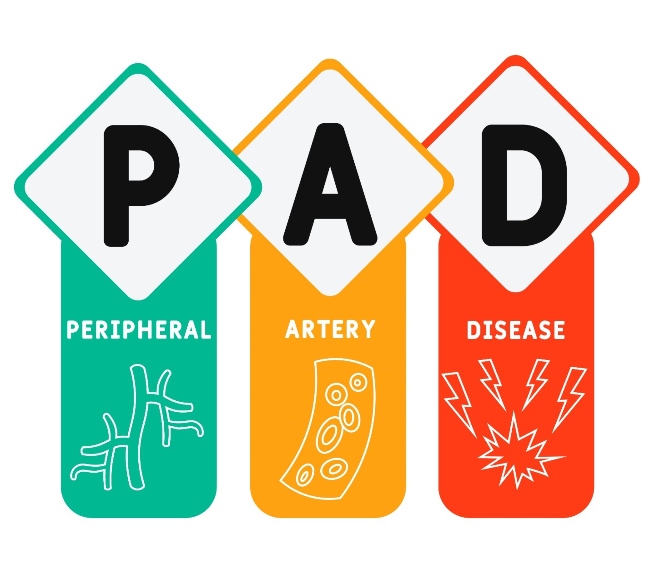Peripheral Artery Disease at Arizona Vein & Laser

Peripheral artery disease (PAD) can be a serious problem. Worse, it’s often not diagnosed until it has advanced to a critical stage. PAD is a condition that develops when cholesterol sticks to the arterial walls, leading to atherosclerosis, which hardens and narrows the arteries. Symptoms often go unnoticed until the arteries are narrowed by 60 percent or more. Fortunately, there are steps you can take now, before you even notice symptoms, to reduce your risk of peripheral artery disease. In fact, the top six risk factors can be minimized with appropriate lifestyle changes.
- Smoking: The primary risk factor for PAD, smoking is also the most preventable. Smokers are four times more likely to develop PAD than nonsmokers, because smoking not only promotes the formation of plaque in the arteries, but also damages cells in the blood vessels, causing inflammation. The good news is that once you quit smoking, your arteries will begin to heal.
- Diabetes: A person with diabetes is at a significantly higher risk for peripheral artery disease. High blood sugar can cause inflammation and lead to blood vessel irregularities, resulting in atherosclerosis. What’s more, those with diabetes often have additional risk factors, like high blood pressure and high cholesterol. Working with your doctor to control your diabetes and accompanying conditions can reduce your risk of PAD.
- High Blood Pressure: High blood pressure damages artery walls because the blood is pushed through the arteries too forcefully. When this happens, rough spots develop and allow cholesterol to accumulate.
- High Cholesterol: When you consume foods with cholesterol, your small intestines take the fat and turn it into lipoproteins. Lipo proteins contain both cholesterol and protein, and the amount of each determines whether they’re considered high-density lipoproteins (HDL) or low-density lipoproteins (LDL). HDL is considered good cholesterol because it helps remove cholesterol from your blood, while LDL stays in the blood and can clog your arteries.
- Excess Weight: It makes sense that being overweight or obese would raise your risk of PAD, because excess weight contributes to your risk of high blood pressure and diabetes. Carrying too much weight also increases inflammation throughout your body, and vascular inflammation is a contributing factor for atherosclerotic plaque. Carrying weight around the waist is particularly significant as a risk factor for PAD- more so than your total BMI.
- Sedentary Lifestyle: When you’re active on a regular basis, you lower your chances of developing many of the other risk factors listed above. It makes sense, then, that an active lifestyle would reduce the risk of PAD.
If lifestyle changes don’t fix your problem, you may need the help of a vein specialist. When you’re seeking the very best care for your vein and blood flow issues, trust the board-certified physicians at the Arizona Vein & Laser Institute. Using the most advanced technology, the vascular and cardiovascular surgeons at the Arizona Vein & Laser Institute provide care for all types of venous diseases. With over 40 years of experience, our team of experienced physicians can devise the right treatment plan to address your venous disease problems. For more information contact us through our website.
